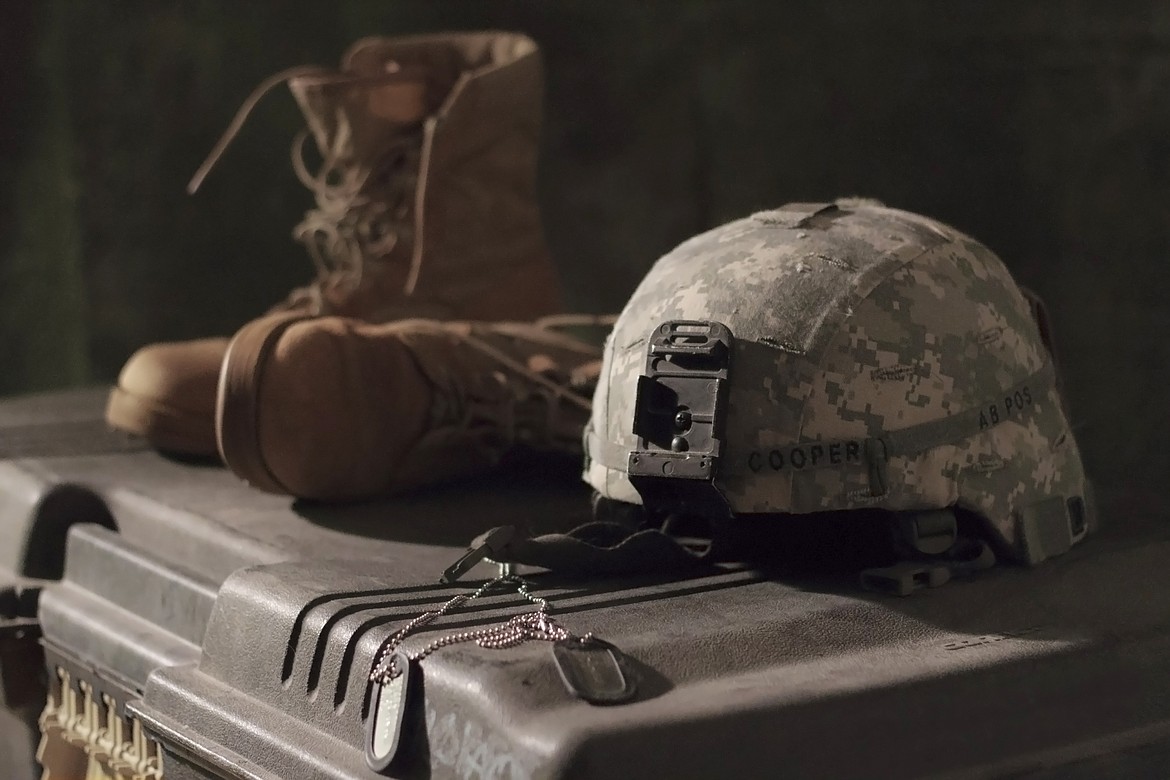Politicians make the wars; youths sent to fight them
During World War II, the Japanese had a transmission tower on the hilltop on the island of Chi Chi Jima. The tower was used to relay messages to mainland Japan. The Americans knew this and targeted this tower with torpedo bombers.
However, the tower was sort of protected by a hill and was very difficult to hit. Consequently, to attack it, the pilots could only have one avenue of approach. The Japanese had zeroed in on the approach, and as the American Navy pilots attacked, the Japanese shot down their planes.
One of the pilots of the attack planes was 20-year-old George Bush, later to become president of the United States. When his plane was hit, he commanded the other two crewmen in his plane to bail out before he bailed out.
The other two were never seen again; nine other airmen swam to shore and were captured by the Japanese. Bush was a little farther out, so he inflated the raft attached to his injection seat and paddled away, later to be rescued by a U.S. submarine.
The other nine were tortured, and eight of the nine were beheaded by the sword. The one remaining airman was taken to a Japanese prison camp and later told the story of what had happened. The commander of the Japanese base there was convicted of war crimes after the war and was put to death.
As president, George W. Bush never mentioned his wartime heroics, but he certainly was a fighter, contrary to most politicians in today's America, where most politicians have never served in the military and don't know anything about war.
But throughout history, politicians have made the wars and sent the young people to fight them.
Roger Gregory served as a captain in the 1st Infantry Division in Vietnam. He is a native of Sandpoint. He is now a business owner in Priest River.

